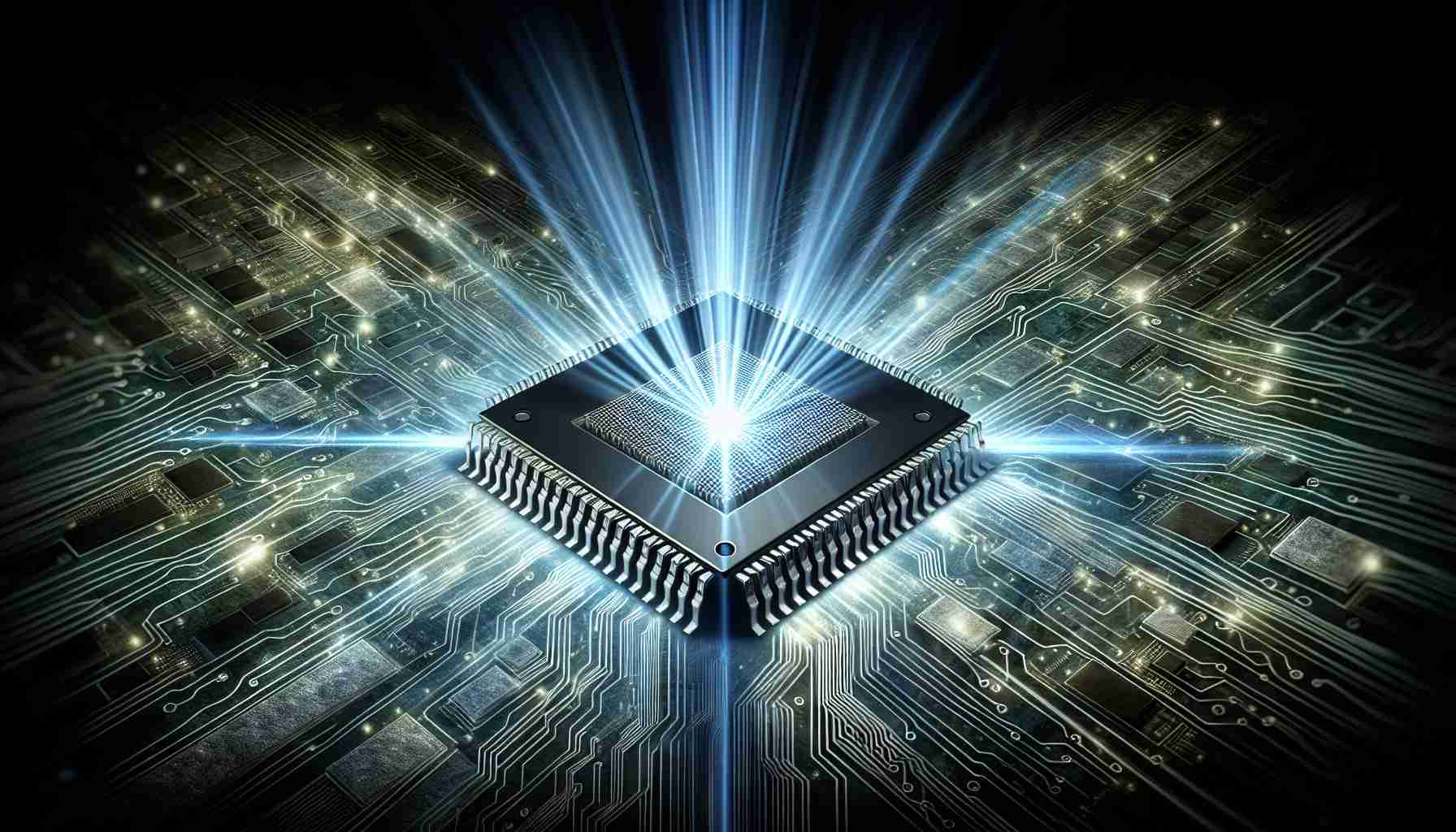Researchers have recently developed a groundbreaking chip that harnesses the power of light to perform mathematical computations at the speed of light. This innovative technology not only promises greater speed and energy efficiency but also provides enhanced privacy features.
By leveraging the properties of silicon, the scientists have created a chip with varying heights that enable the control of light propagation. Unlike traditional chips with a uniform height, this new design allows for the scattering of light according to specific patterns, facilitating efficient mathematical calculations.
The implications of this advancement are profound. One of the key applications lies in the field of artificial intelligence (AI). Neural networks, the fundamental architecture driving AI tools, heavily rely on matrix multiplication. By utilizing light-based computing, these computations can be performed at unprecedented speeds, revolutionizing the development and functioning of neural networks.
Moreover, the chip developed by Engheta and Aflatouni offers notable privacy advantages. By enabling simultaneous computations, sensitive information no longer needs to be stored in the computer’s memory, making it virtually impossible for hackers to gain access to non-existent data. As Aflatouni explains, “No one can break into non-existent memory to retrieve information.”
The potential for commercial applications is immense. Despite the production limitations imposed by the chip foundry, the researchers believe that their creation is ready for commercial use. In particular, the technology can be adapted for graphic processors, which have experienced a surge in demand due to the widespread interest in AI systems.
As we continue to embrace the era of artificial intelligence, the development of light-based computing marks a pivotal moment in the chip industry. Not only does it offer unparalleled speed and energy efficiency, but its inherent privacy features will also shape the future of secure computing. With its revolutionary capabilities, this groundbreaking chip brings us one step closer to unlocking the full potential of AI in various real-world applications.
FAQ Section
Q: What is the main feature of the groundbreaking chip developed by researchers?
A: The chip harnesses the power of light to perform mathematical computations at the speed of light.
Q: How is the chip different from traditional chips?
A: The chip has varying heights, unlike traditional chips with a uniform height. This design allows for the scattering of light according to specific patterns, enabling efficient mathematical calculations.
Q: What are the implications of this advancement in the field of artificial intelligence (AI)?
A: The light-based computing enabled by the chip can perform matrix multiplications used in neural networks at unprecedented speeds, revolutionizing the development and functioning of AI tools.
Q: What are the privacy advantages offered by the chip?
A: By enabling simultaneous computations, the chip eliminates the need to store sensitive information in the computer’s memory, making it difficult for hackers to access non-existent data.
Q: What are the potential commercial applications of the chip?
A: The researchers believe that the chip is ready for commercial use and can be adapted for graphic processors, which have seen increased demand due to the interest in AI systems.
Definitions:
– Silicon: A chemical element that is a crucial component of most semiconductor devices, including computer chips.
– Matrix multiplication: A mathematical operation where two matrices are multiplied to create a new matrix.
– Neural networks: A type of artificial intelligence architecture inspired by the human brain, used in various AI applications.
– Graphic processors: Specialized computer processors used to generate and manipulate images, commonly used in graphics-intensive applications like gaming and AI systems.
Suggested Related Links:
– Engheta Lab: The official website of Engheta Lab, where you can find more information about the researchers mentioned in the article.
– Can Light-Based Computing Ever Compete with Electronics?: An IEEE Spectrum article discussing the potential of light-based computing and its challenges.
The source of the article is from the blog toumai.es
